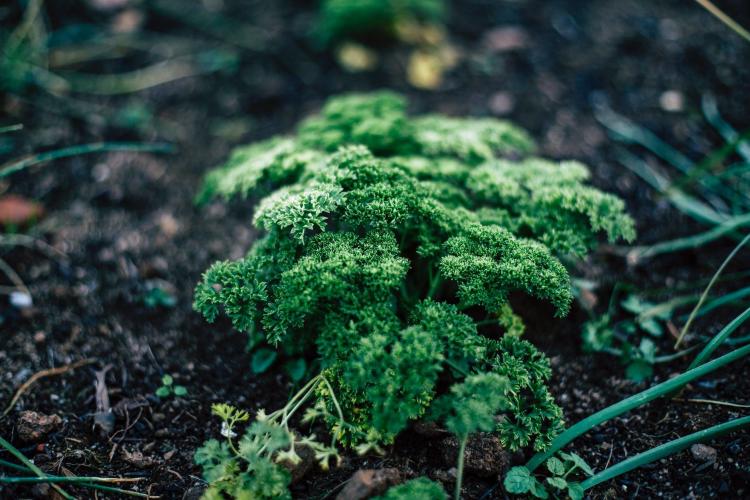While CRISPR systems are generally effective, there can be a wide range of gene-editing efficiencies, depending on the plant species and/or method of delivery. For example, our experience is that base editors are unpredictable, and most target sites are non-functional. To increase gene editing frequencies and improve the recovery of useful, gene-edited plants, the group is focused on the entire gene-editing workflow, from optimizing protocols to vector components and downstream analysis and isolation of mutants of interest.
CRISPR screens have become a routine tool in many areas of biological research but have been largely undeveloped in the plant community. The Plant Genome Editing (PGE) group, in collaboration with a number of other PSB groups and collaborators at the Flemish research institute ILVO, is developing a number of protocols and technologies to enable CRISPR screens in plant research. The PGE lab is currently performing CRISPR screens on moss and Arabidopsis.
The PGE lab has developed a software tool, SMAP design, that can generate gRNA and amplicon designs automatically on hundreds of genes in a few minutes to lower the barrier of starting a CRISPR screen.

